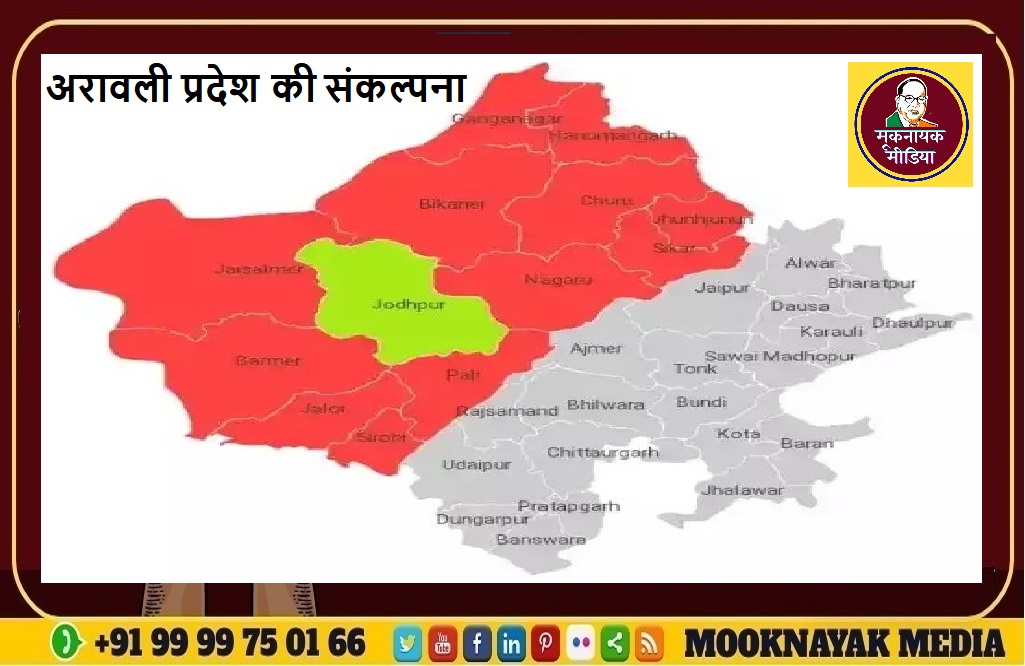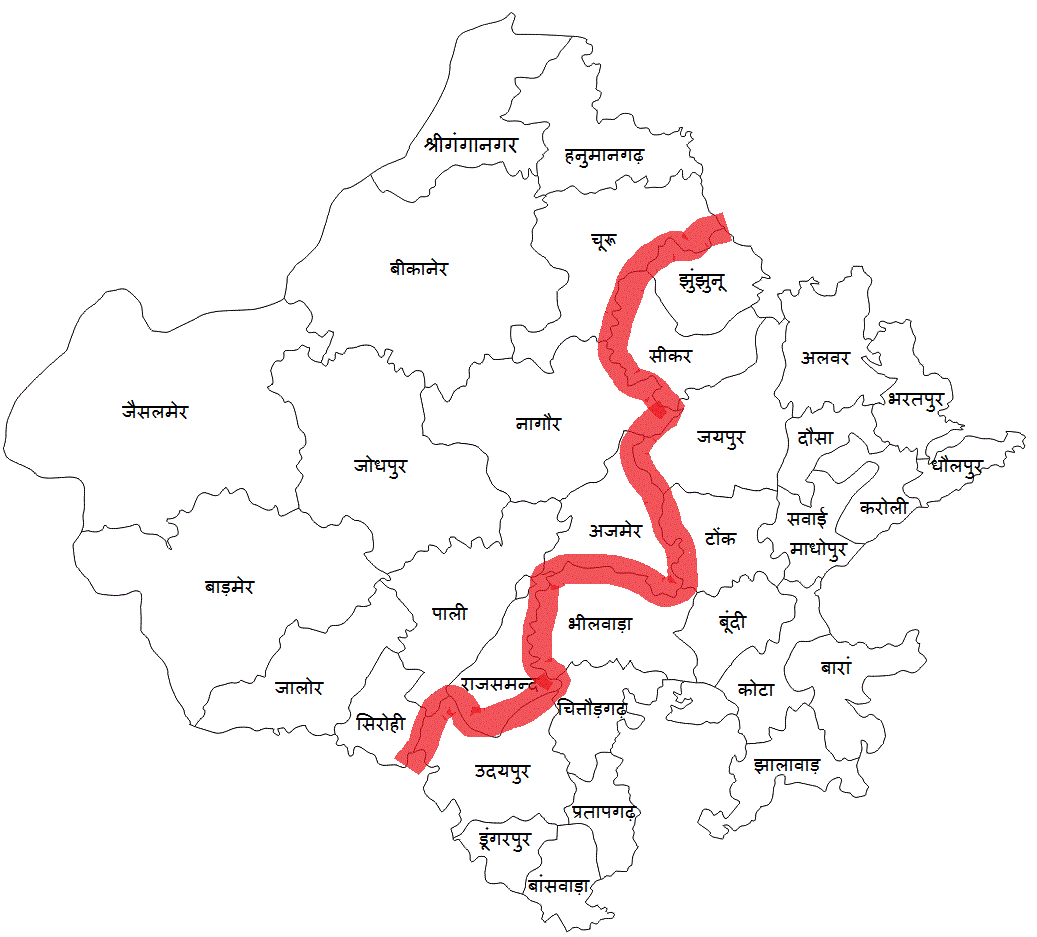
MOOKNAYAK MEDIA BUREAU | December 28, 2024 | Jaipur : Malaysia is a country that is rich in its cultures, there is absolutely a list of languages that the Malaysians speak. Let’s take a closer look at each language that is spoken and used in Malaysia.
Malaysia is a Country of Rich Cultures and Vernacular Languages
Malaysia is indeed a country with a diverse array of cultures and vernacular languages, primarily influenced by Malay, Chinese, and Indian traditions, making it a vibrant melting pot of ethnicities and linguistic variations.

1) Malay – Languages Spoken In Malaysia
As stated earlier, the official language in Malaysia is Malay, and this is prescribed in Malaysia’s Federal Constitution. Apart from that, it is also stated in Malaysia’s Education Act that the national language (which in this case refers to the Malay language) is to be used in all educational institutions in Malaysia.
Due to this, you’ll find that most national learning institutions (primary schools, secondary schools, and some local universities) utilize the Malay language as the medium of instruction.
However, since Malaysia has vernacular education, we also have Malaysian Chinese and Indian vernacular schools all over the country – these schools use each respective language as a medium of instruction.
Still, the Malay language is not only spoken by its native speakers, the Malay community but it is also spoken by many locals, including the Malaysian Chinese and Indian communities. It is the lingua franca used throughout Malaysia, especially in public places like restaurants, shops, and offices. It is the most commonly spoken language in Malaysia, especially in rural areas.
The locals in urban cities use the Malay language too since it’s their mother tongue. However, I must insist on the fact that it is most likely for you to hear a Malaysian Malay in an urban area such as Kuala Lumpur to speak in English rather than Malay. Such a phenomenon is quite standard today due to the culture of the current local professional industry.
Besides that, if you plan to come, visit, study, or even work in Malaysia one day, here’s one fact you should know: though the national language of this country is Bahasa Malaysia, formal and informal Malay can be very different.
You may find yourself setting foot in this country, studying the Malaysian language, and later discovering that the native speakers do not speak the language like how you formally learned it. The locals use many Malay slang words and jargon that you won’t learn in formal education. It’s exactly the same as learning English – all the semantics, pragmatics, and syntax are almost forgotten whenever we talk in English.
Through formal education, the language you learn is the official, standard version, while the current members of society spontaneously construct the conversational language. And this happens in almost every language, so don’t be surprised!
2) Mandarin
As the Malaysian Chinese community is a part of the country, the use of Mandarin has been widespread ever since in Malaysia. The government of Malaysia has also implemented a “Speak Mandarin Campaign” to encourage Chinese Malaysians to learn Mandarin since China had embraced the worldwide knowledge that most countries should have at least one common language between them.
Among all languages in Malaysia, it is fair to state how Mandarin is deemed significant by the members of society, regardless of their diverse ethnicity. As a result, people (especially those who aren’t Chinese) with good Mandarin proficiency are highly wanted in the professional industry.
This is because many stakeholders and business leaders in the corporate world are Malaysian Chinese. Thus, you could observe how Mandarin is truly considered a ‘working’ language in Malaysia from this instance.
Similar to the Malay language, the usage of Mandarin in this nation today has a little modern twist – the Malaysian Chinese borrow a lot of English words and incorporate them into the Chinese language. And that spontaneous fusion is known as today’s Manglish (Mandarin + English). Manglish can also sound similar to Singaporean slang, Singlish. Try listening to these two widely spoken varieties – I’m sure you’ll have a hard time distinguishing which one is which (just like I did).
3) Tamil – Languages Spoken In Malaysia
Tamil is the language spoken by the local Indians. In Malaysia, it is also known as Bahasa Tamil. You will hear this language being spoken by the Indian people if you go to Indian schools, temples, or any Indian festivities (like Deepavali and Thaipusam).
Among all languages of Malaysia, the Tamil language is regarded as one of the most complex languages due to its complicated Indian script and speech sounds. As mentioned before, this language is spoken by Indians, who are mostly Hindus. So if you’re asking if is Tamil the same as the Hindi language, it’s entirely different as Hindi is spoken by the Punjabi people. And in nature, the two languages sound unalike.
As previously mentioned, we have Indian vernacular schools – and yes, Indian children are given formal education in the Tamil language. Still, you should know that most Indians mix their mother tongue with words from Malay and English when it comes to conversations. Why? Because this specific population understands the complexity of their language, certain words are sometimes too complicated to pronounce in Tamil.
Due to that, they switch to Malay or English words, which are, at times, simpler and quicker to articulate. In addition, the local Indians also use a lot of Tanglish (Tamil + English), especially in the current modern days, in Kuala Lumpur.
4) English – Another Popular Language In Malaysia
As a former British colony, British English (UK) is also widely introduced in Malaysia. In fact, British English is our second language -it is made compulsory for all locals to learn it in primary and secondary schools. And English language learning never stops – we still have to learn it during our tertiary education.
In Malaysia, English is commonly used in business, education, and other formal and non-formal situations. However, living in Malaysia, you will also witness how more and more Malaysian citizens are speaking English today – all due to the rapid growth of the Industrial Revolution 4.0 and advanced technology.
Compared to the other parts or states of Malaysia, you’ll most likely know or heard of Kuala Lumpur since it’s the capital city of this nation. Moreover, this city has always been the financial, cultural, and economic hub of Malaysia. And as a lot of multinational and international affairs take place in this particular part of the country, you’ll notice how English is commonly spoken among the locals among any other language.
- Languages Spoken In Malaysia Local Dialects
- Languages Spoken In Malaysia – The Local Dialects And Varieties
- Now that we know the primary languages spoken are Malay, Chinese, and Indian, let’s see the dialects and varieties of these local languages of Malaysia.
Malay Language – Regional Dialects And Varieties
Like any other language worldwide, Bahasa Melayu has its own set of language varieties, which is simply known as dialects. Yup, even though all Malay native speakers have Malay as their national and maybe first language, not everyone has the same dialect.
For instance, people living in Kelantan, specifically, are widely known to have a very distinctive dialect. The speech sounds Kelantanese speakers create do not sound anything similar to the formal Bahasa Malaysia you learned in class. As a result, travelers or foreigners who have acquired Malay formally can be surprised when listening to some local speakers in Kelantan, Terengganu, Kedah, Perlis, and Perak. Why? Because these are some of the states that can have unique and strong regional dialects.
Still, these regional dialects are largely mutually intelligible – a person who lives in Kuala Lumpur would be able to understand what a person from Johor is saying and vice versa. But then, some dialects can be unique and would require in-depth learning for non-natives to comprehend. Generally, there are 10 dialects all over Malaysia:
Apart from all these regional dialects, some indigenous languages are also special to some unique ethnic groups in Malaysia. The indigenous population or the aborigines in Malaysia, also the oldest inhabitants of Peninsular Malaysia, is known as Orang Asli. The Orang Asli community has its own set of unique languages.
The other set of unique ethnic groups are mostly situated in Sabah and Sarawak, located in East Malaysia. Some of them include Iban, Melanau, Dayak, Kadazan, Dusun, Murut, Rungus, Labuk and so many more.
- Languages Spoken In Malaysia Chinese Varieties
- Some of the indigenous ethnicities in Sabah and Sarawak
- Chinese Language Varieties: Mandarin, Hokkien & Cantonese
As mentioned earlier, the standard language spoken by the local Chinese locals is Mandarin. However, other varieties of Chinese languages are also used in this country. The most popular Chinese varieties you’ll hear in Malaysia are Hokkien and Cantonese.
These two language varieties are altogether different from Standard Mandarin. The speech sounds, grammar as well as words are entirely different from those of the Mandarin language. Of course, non-Chinese would not be able to tell the differences, but these are the nature of Mandarin, Cantonese, and Hokkien apart.
Tamil Language Varieties
Tamil, unlike Bahasa Malaysia, does not have that many varieties in the local setting. On the other hand, Bahasa Melayu has several dialects and varieties as it is the original language of Malaysia. In the case of the Tamil language, despite various varieties that sound close to this language, such as Hindi, Marathi, Telugu, and Malayalam, these varieties are very rare to be spoken among the Malaysian Indians.
How about Indian dialects? It’s the same case. It’s non-existent in Malaysia as the Tamil has spoken here has been localized. Indian dialects are more commonly found in India, its mainland.
Foreign Languages Spoken In Malaysia
How about foreign languages? What languages do these locals acquire and speak? Several foreign languages are being taught to the natives here in Malaysia. Here’s a list of foreign languages that are taught in schools:
- Arabic
- French
- German
- Spanish
- Japanese
- Korean
Apart from these languages, you can also find people who use or want to learn Turkish, Vietnamese, Thai, Indonesian, Tagalog, and Italian in Malaysia. Why? Because these languages are not formally taught in the local education institutions, they are still highly wanted in the job market.
- Why Learn Different Languages Spoken In Malaysia
- Job opportunities for those who are proficient in other foreign languages.
- Why Learn The Different Spoken Languages In Malaysia
Today’s blog intends to introduce you to the vast array of languages we have here in Malaysia. Plus, as a native Malay, I truly love the linguistic diversity that we have in this country; Malays can learn the Mandarin language and the traditions and heritage of the local Chinese community and vice versa.
Must Read : Malaysia’s Most Beautiful Places For Tourists
To be specific, I appreciate how the practice of cultural and linguistic diversity in Malaysia is deeply rooted within the constitution (based on the few clauses and provisions I’ve included). So, in a way, the governmental system does not merely set what the official language is and what is not – it advocates and welcomes the act of acknowledging, understanding, and discovering other different languages that we have here in Malaysia.
Kindly Donate to ‘Mooknayak Media’ For Magnify Birsa Ambedkar Phule Fatima Mission










